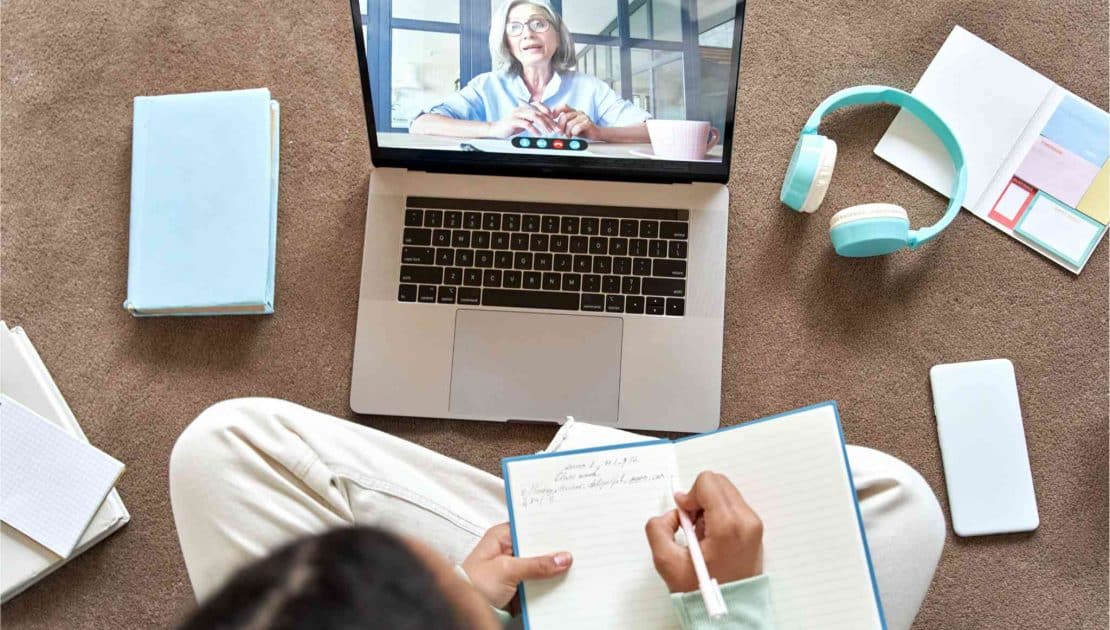What Is Multimodal Learning?

Multimodal learning is an educational approach that combines different methods of teaching and learning styles to cater to the diverse needs of students. It integrates visual, auditory, reading/writing, and kinesthetic strategies to present information, making learning more engaging and effective. This method recognizes that everyone has a unique way of learning and aims to address all learners by combining various modes of communication and interaction.
In today’s educational landscape, the importance of multimodal learning cannot be overstated. With the rise of digital technology and the diverse needs of students, educators are increasingly adopting multimodal strategies to enhance learning experiences. This approach supports students’ varied learning styles and prepares them for a world where digital literacy is crucial. Multimodal learning encourages active participation, critical thinking, and a deeper understanding of content.
In this article, we’ll dive into the details of multimodal learning. We’ll explore its key components, the benefits it offers, and the strategies for implementing it effectively.
What Is Multimodal Learning?
Multimodal learning is all about mixing up different ways of teaching to help everyone learn better. Imagine learning through videos, writing, hands-on activities, and listening—all these methods help you grasp concepts in a way that sticks. It’s like having a toolbelt with all sorts of tools, picking the right one for the job to make learning more effective and fun.
This method took time to develop. It’s grown from the realization that not everyone learns the same way. Back in the day, most learning was reading and writing. But as we’ve discovered more about how our brains work, education has started to include pictures, sounds, and actions to help everyone understand better.
Behind all this is some legitimate science. Theories like Dual Coding Theory and Multiple Intelligences tell us that our brains can handle information in different ways at the same time. Multimodal learning helps ensure no one’s left scratching their head, making the learning experience more accessible.
Key Modes of Learning
This section delves into the four fundamental learning modes: visual, auditory, kinesthetic, and textual, highlighting how each contributes to a comprehensive and engaging learning experience across various educational settings.
Visual Learning
Visual learning is all about what we see. Charts, diagrams, videos, and infographics are stars in the visual learning universe. They help by making complex ideas easier to understand at a glance and by keeping our brains engaged with colourful and dynamic imagery. For instance, a flowchart can simplify a complicated process, and a well-designed infographic can make statistics memorable. Visual aids benefit science and math, where concepts can be abstract and challenging to grasp.
Auditory Learning
Auditory learning strikes a chord with those who learn best through listening. This mode includes lectures, podcasts, and discussions. The rhythm of words and the nuances in tone can turn a lesson into a memorable experience. Auditory learners thrive in environments where they can listen to explanations or interact verbally.
Kinesthetic Learning
Kinesthetic learning is all about getting hands-on. It’s learning by doing—through experiments, building projects, or role-playing activities. This mode is crucial for learners who need to move and explore physically to understand concepts deeply. Imagine learning about the laws of physics by constructing a model bridge or understanding biology by dissecting a specimen. These activities engage learners directly and tactilely, making abstract concepts concrete and understandable.
Textual Learning
Textual learning, or reading and writing, is a traditional but powerful mode. It involves engaging with text to absorb and reflect on information. This mode is vital for developing deep comprehension and analytical skills. Whether through books, articles, or online content, textual learning allows for a personal pace, letting learners digest complex ideas in their own time.
Benefits of Multimodal Learning
Multimodal learning significantly enhances engagement and motivation by diversifying how content is delivered. This dynamic approach prevents monotony and stimulates learners’ interest, making them more inclined to engage with the material actively.
It also notably improves retention and recall. Presenting information through various visual, auditory, and kinesthetic channels allows learners to form stronger memory connections, enabling easier access to information when needed.
This approach accommodates diverse learning styles and needs, ensuring inclusivity in educational settings. Leveraging multiple modes of learning allows educators to understand the unique preferences of each student, enhancing the overall learning experience and ensuring that every learner is included.
Multimodal learning also facilitates a deeper understanding through multiple representations of content. Exploring concepts through different perspectives reinforces comprehension, enabling learners to grasp complex ideas more effectively and apply their knowledge in real-world scenarios.
Multimodal Learning Strategies
Integrating technology into multimodal learning opens up a world of possibilities. Think virtual field trips, augmented reality for hands-on science experiments, and interactive multimedia to explore historical events. These tools make learning more engaging and help students understand complex concepts by experiencing them dynamically and interactively.
When designing multimodal learning experiences, variety and relevance are key. Mixing up different learning modes keeps content fresh and caters to various learning preferences. It’s also essential to ensure that each mode is purposefully chosen to deepen understanding of the subject matter rather than just for the sake of using technology.
For educators looking to implement multimodal learning, start small and experiment. You might introduce a short video to supplement a reading assignment or use a simple interactive quiz to review the material. Encourage feedback from your students to see what works best, and remember, the goal is to enhance learning by making it more accessible and engaging for everyone.
The Future of Multimodal Learning
The future of multimodal learning is unfolding with exciting innovations, notably through AI-driven personalized learning paths and immersive experiences. These advancements are set to transform education by offering tailored educational journeys and engaging students in lifelike simulations, making learning profoundly personal and vividly realistic. This shift promises to make education more interactive and adaptive to individual learners’ needs.
Research is pivotal in shaping the trajectory of multimodal learning, offering insights that refine and enhance these practices. Through continuous study, educators can better understand the effectiveness of different learning modes, ensuring that technological advancements are harnessed to support learning outcomes effectively and inclusively.
The potential impact on global education systems is profound. Integrating multimodal learning strategies makes education more accessible, engaging, and tailored to diverse learning needs, bridging gaps and fostering equity. This evolution stands to not only revolutionize how knowledge is imparted but also how it is absorbed, preparing students more effectively for the challenges of the future.
Multimodal Learning 101
Multimodal learning reshapes education by embracing various learning methods, ensuring everyone’s learning style is valued. It’s a game-changer, making lessons more engaging and memorable. As learning methodologies evolve, embracing this diversity is key to unlocking potential in all students.
Book a demo today and discover how Webanywhere’s custom Learning Management System can elevate your organization’s learning and development strategy to the next level.
